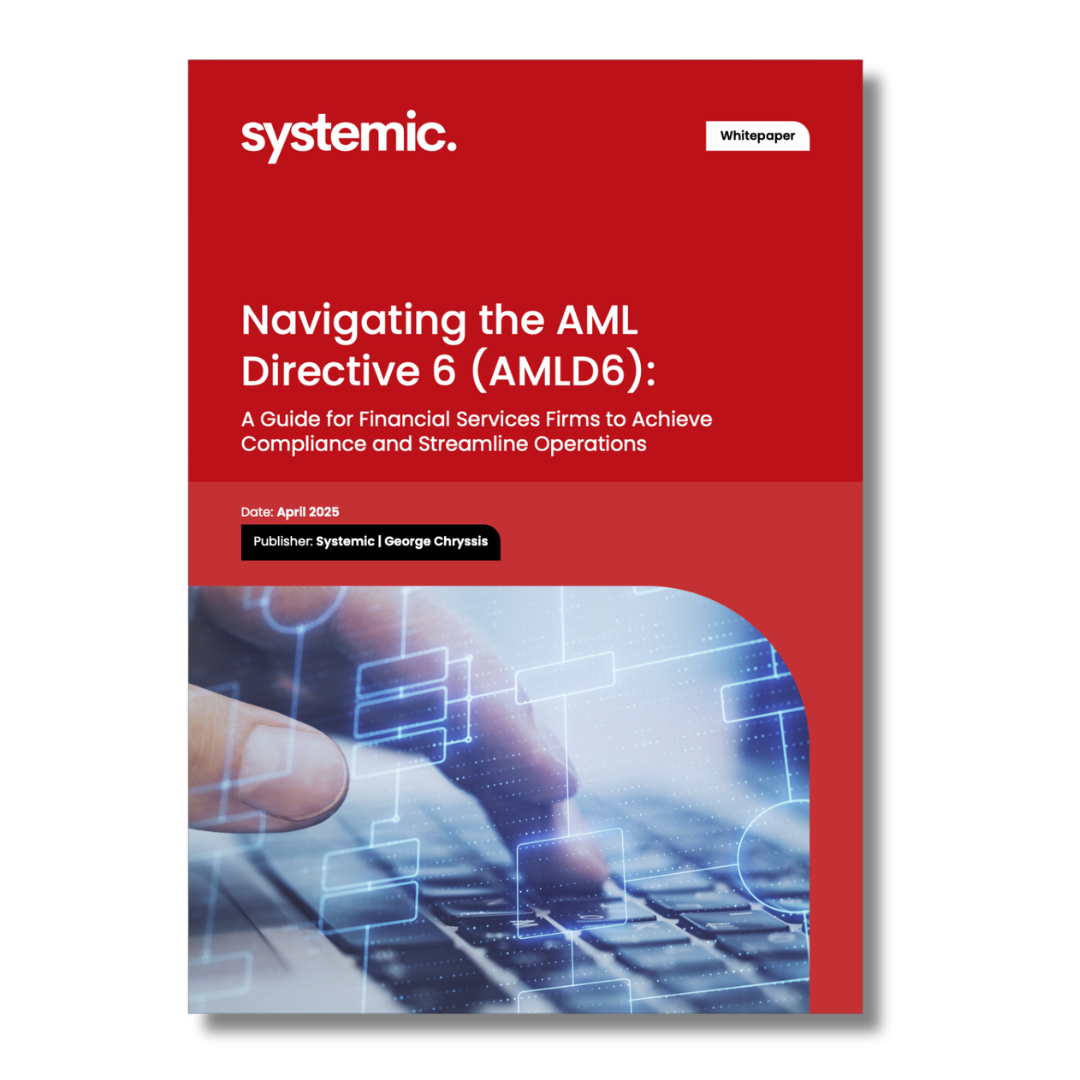In today’s blog post we shall expand on 7 key benefits an Insurer can derive from using an integrated Portfolio Management System.
Consolidated view
Less sophisticated Insurance companies often use spreadsheets to register their transactions. The problem with this method is that it makes it difficult for them to look at their portfolio as a whole. They need a system that can offer them this consolidated intelligence. Today, the market offers new platforms that provide exactly this: a consolidated view over entire portfolios.
Multiple grouping levels
Insurance companies have, usually, more than one portfolio to track. Moreover, they need reporting in multiple grouping levels, such as insurance sectors, custodians or counterparties. Distinction between asset classes (corporate bonds, government bonds, domestic traded stocks or abroad traded stocks, ETF’s etc.) is also required. A well-developed system can provide them with the appropriate information.
Simple to use
The maintenance of complicated spreadsheets is heavily dependent on highly-skilled employees. Making the necessary connections between all the existing elements is neither trivial, nor easy a task. In most cases, a simple change in a field calls for changes in other worksheets too. Many spreadsheets, especially those installed locally on individual workstations, do not offer real-time or multi-user editing capabilities. Hence, people maintaining spreadsheets may, at some point, leave the company and their spreadsheets will remain hidden or lost in their hard drives.
One can overcome all these obstacles by using a system that is suitable for his needs.
Variety of Instruments
The level of each product complexity and the number of the parameters than need to be taken into consideration means that the majority of deals cannot be managed solely by one individual or through a simple excel file. It is better to have a system which can be fed with the necessary information and then make all the complicated calculations for you.
Audit Trail
Excel doesn’t provide an audit trail of a due diligence process. Using a system whose processes are fully audited prevents companies from fraud. Audit trails can be used in concert with access controls to identify and provide information about users suspected of improperly modifying data (e.g., deliberately introducing errors into a database).
Journal Entries
A certain and pretty regular task for companies is to prepare journal entries, based on data derived from their investments. This procedure can easily be supported by an integrated system that has been designed and customized according to the company’s accounting methodology. This way, Accounting can ensure both accuracy and resilience. In addition, such systems help companies save time and avoid manual calculations. Finally, the fact that the generated journal entries can feed central accounting systems can prove extremely handy.
Additional Capabilities
Portfolio Management systems let the user create and manage portfolios, compare them to various benchmark and model portfolios, and create different types of comprehensive reports. These systems are able to combine reporting flexibility with strong risk management capabilities, as they can calculate risk ratios, perform complex regulatory reporting and track changes in assumptions and business models. The result is nothing less than injecting a sizeable amount of agility, transparency and security into key company processes.
Looking ahead, Insurance firms can seize the opportunity and search what the market offers in terms of a fully-fledged system that can meet both their needs, that is to conform to Solvency II requirements and manage investments all together.





